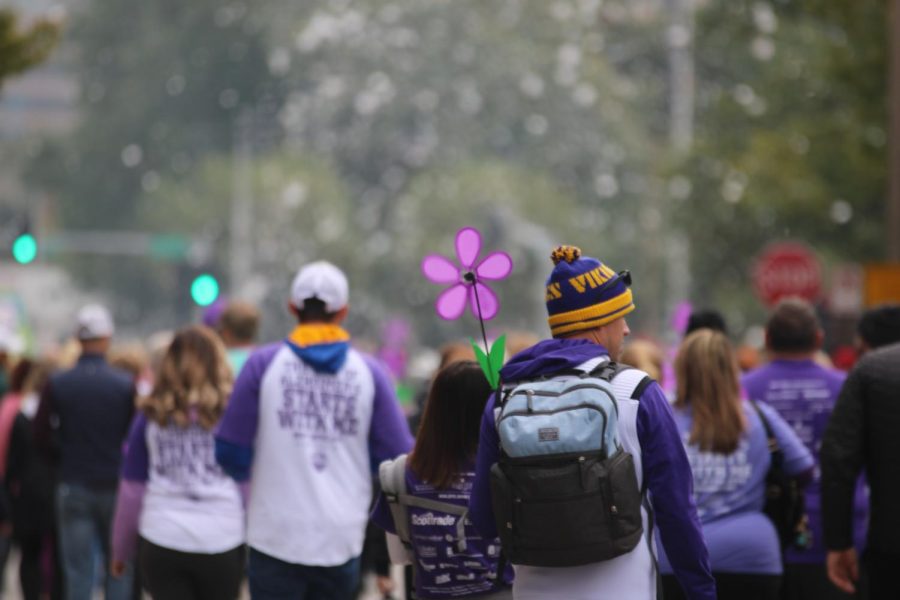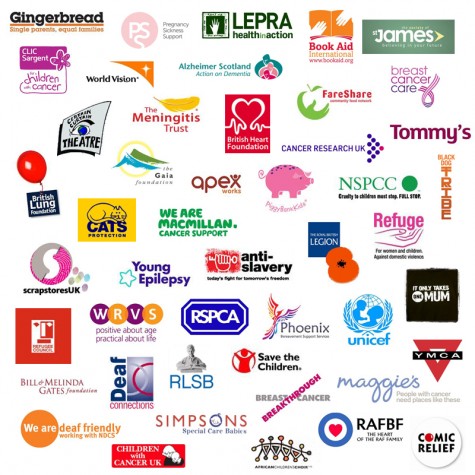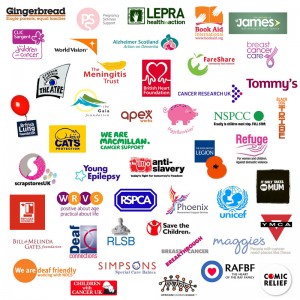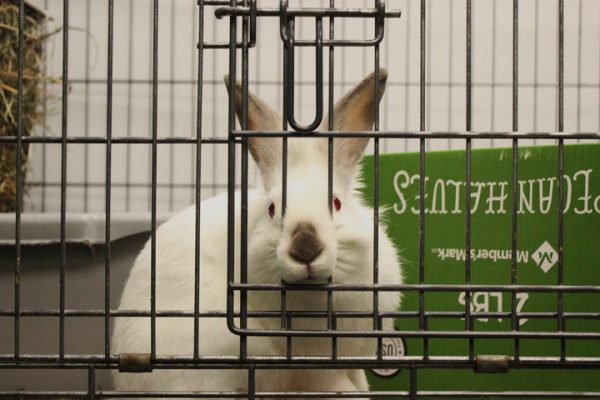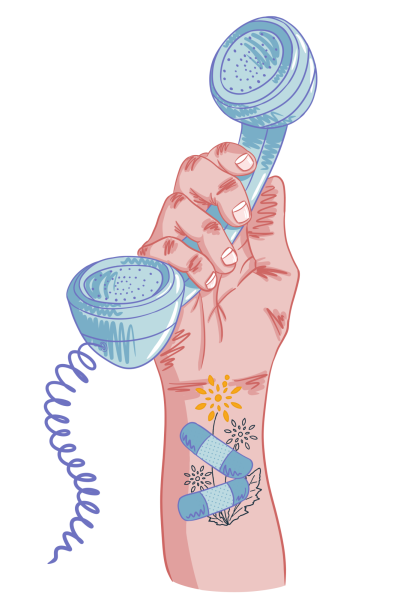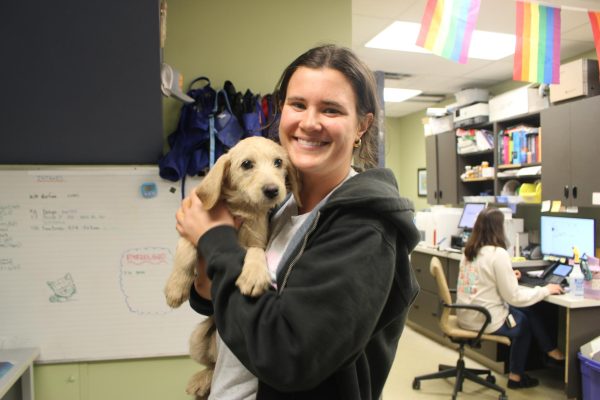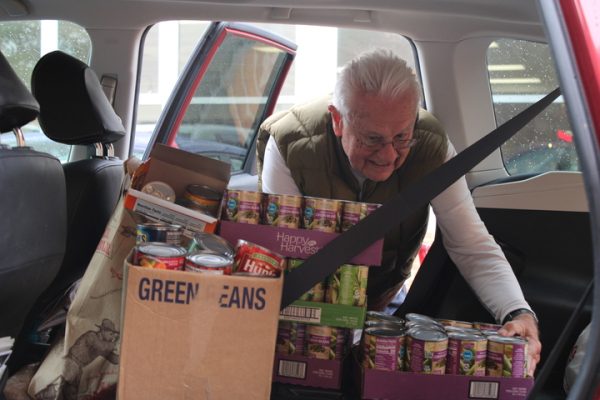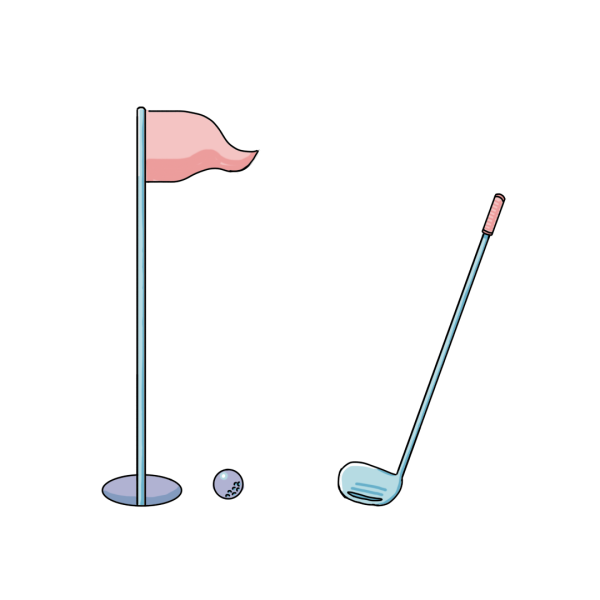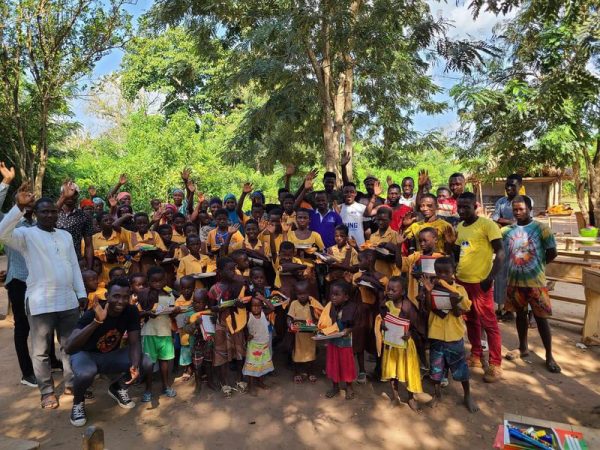Charity issue: Battling Alzheimer’s step by step
Each registered participant in the walk receives a Promise Garden flower, each color representing their connection to the disease. A purple flower is for those who have lost someone to Alzheimer’s.
Outside Enterprise Center, you could spot a sea of purple on the crisp morning of Oct. 23. From the Planetarium all the way to the rooftop of the City Museum, around 30 buildings in St. Louis displayed purple lighting for the weekend. This burst of color in downtown St. Louis was implemented to draw attention to the Walk to End Alzheimer’s, a charity for the care, support and research of Alzheimer’s disease.
The Walk to End Alzheimer’s is an annual fundraiser for the Alzheimer’s Association, a non-profit organization. According to their website, with deaths from Alzheimer’s increasing by 145% between 2000 and 2019, the Alzheimer’s Association has created the Walk to End Alzheimer’s to raise money for those affected by the disease. This walk takes place in more than 600 communities across America, one being St. Louis.
“It’s an event where people can get together and walk for the common cause of a future without Alzheimer’s,” Jacob Simburger, the communications manager of the walk, said. “It’s a great way for people to raise awareness and funds for care and support, helping families who are affected by the disease and also raise dollars for research for a treatment for the disease and ultimately a cure.”
Seeing the families [is the most rewarding part]. Even though it’s a really sad thing, people are all laughing and smiling and celebrating the loved ones they have, the caregivers and researchers.
— Susie Fandos
The walk includes activities such as the Bubble Bus, free food and drink handouts, bands and more. COVID-19 has put safety precautions on the walk this year, like social distancing, hand sanitizing stations and contactless registration.
“COVID has been insane,” Kate Labbe, marketing co-chair, said. “Last year we couldn’t do an in-person walk because of COVID, [so] everyone was encouraged to do it [in their neighborhoods] on their own, with their friends, socially distanced.”
Susie Fandos, marketing and outreach volunteer, said she hopes next year the walk will be back in full force since COVID-19 has curtailed the walk. She also said the Walk to End Alzheimer’s is very lively, with a lot of camaraderie and energy.
“Seeing the families [is the most rewarding part],” Fandos said. “Even though it’s a really sad thing, people are all laughing and smiling and celebrating the loved ones they have, the caregivers and researchers. It’s a happy day.”
Many volunteers of the Walk to End Alzheimer’s get involved because they have a personal connection to the disease. Labbe is one where Alzheimer’s is widespread in her family. Out of her four grandparents, three have Alzheimer’s and her uncle recently passed away from the disease.
“The most rewarding part of [volunteering] is knowing that I’m making an impact for the future,” Labbe said. “I most likely will get the disease, my parents most likely will get the disease, so working on [the Walk to End Alzheimer’s committee] is building a brighter future, knowing that I can have some sort of role and possibly finding a cure for my kids, friends and family.”
Our goal is to see the first survivor of Alzheimer’s. — Susie Fandos
Fandos said it is important to spread awareness of Alzheimer’s, even in younger generations. According to Fandos, recognizing this disease helps vote on bills to support funding for the research that’s needed.
“By now, most people will know someone with Alzheimer’s,” Fandos said. “Putting it on the map for young people that it’s not just an old person’s disease [is important], and it’s really important that we work hard to try and figure it out and get help for your generation and those to come. That’s our goal, is to see the first survivor of Alzheimer’s. Wouldn’t that be amazing?”
To learn more, donate or volunteer, go to The Alzheimer’s Association Walk to End Alzheimer’s website, which has all the information needed to contribute.
Your donation will support the student journalists of Kirkwood High School. Your contribution will allow us to purchase equipment and cover our annual website hosting costs.
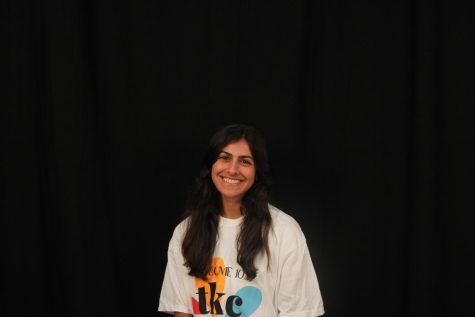
She/Her
Hobbies and Interests: music, writing, traveling, and spending time with my friends
Favorite song: She by Harry Styles
Favorite Quote:...



